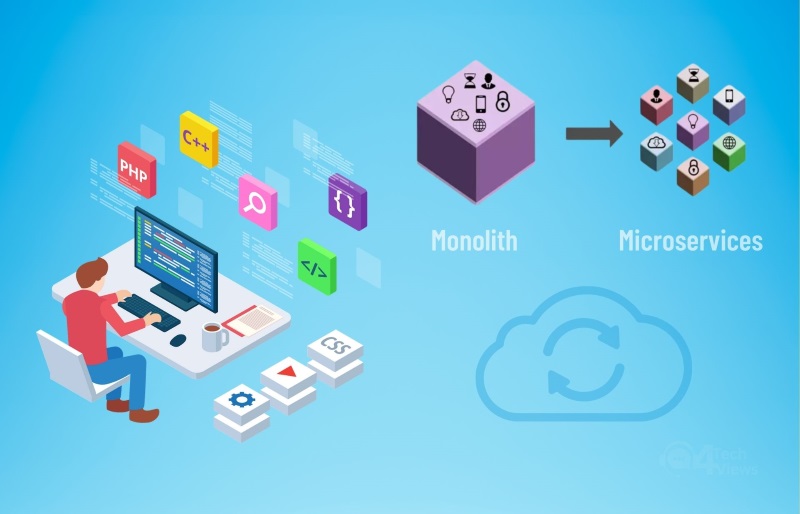Microservices is a software architecture in which an application is composed of small, independent, self-managed services. Each service performs a specific function and communicates with other services through APIs.
Migrating from a monolithic architecture to microservices is a complex process that requires careful preparation. In this article, we will discuss the benefits of microservices, the challenges of migrating, and some strategies for successful migration.
Benefits of Microservices
There are many benefits to migrating to microservices, including:
- Flexibility: Microservices can be developed, deployed, and maintained independently of each other, which increases the application’s flexibility.
- Scalability: Microservices can be easily added or removed, making it easy to scale the application according to demand.
- Availability: If one microservice fails, the other microservices can still operate normally, giving the application higher availability.
- Security: Microservices can be secured individually, which helps to improve the security of the application.
Challenges of Migrating
Migrating from a monolithic architecture to microservices also has some challenges to be aware of, including:
- Cost: Migrating to microservices can be expensive in terms of time and money.
- Skills: Developing and operating microservices requires specialized skills and knowledge.
- Management: Managing microservices can be more complex than managing a monolithic application.
Migration Strategies
To successfully migrating from a monolithic architecture to microservices, you need a clear and detailed strategy. Here are some strategies you can reference:
- Migrate gradually: Instead of migrating all services at once, you can migrate gradually, starting with the smallest and simplest services.
- Use supporting tools and frameworks: There are many tools and frameworks that support the development and operation of microservices. Using these tools will help you reduce the time and cost of migration.
- Focus on improving quality: Migrating to microservices is an opportunity to improve the quality of your application. Focus on improving the testability, security, and performance of the application.
Conclusion
Microservices is a powerful software architecture that offers many benefits for large and complex applications. However, migrating to microservices is also a complex process that requires careful preparation.
By understanding the benefits, challenges, and migration strategies, you can successfully migrate and enjoy the benefits that microservices offer.









